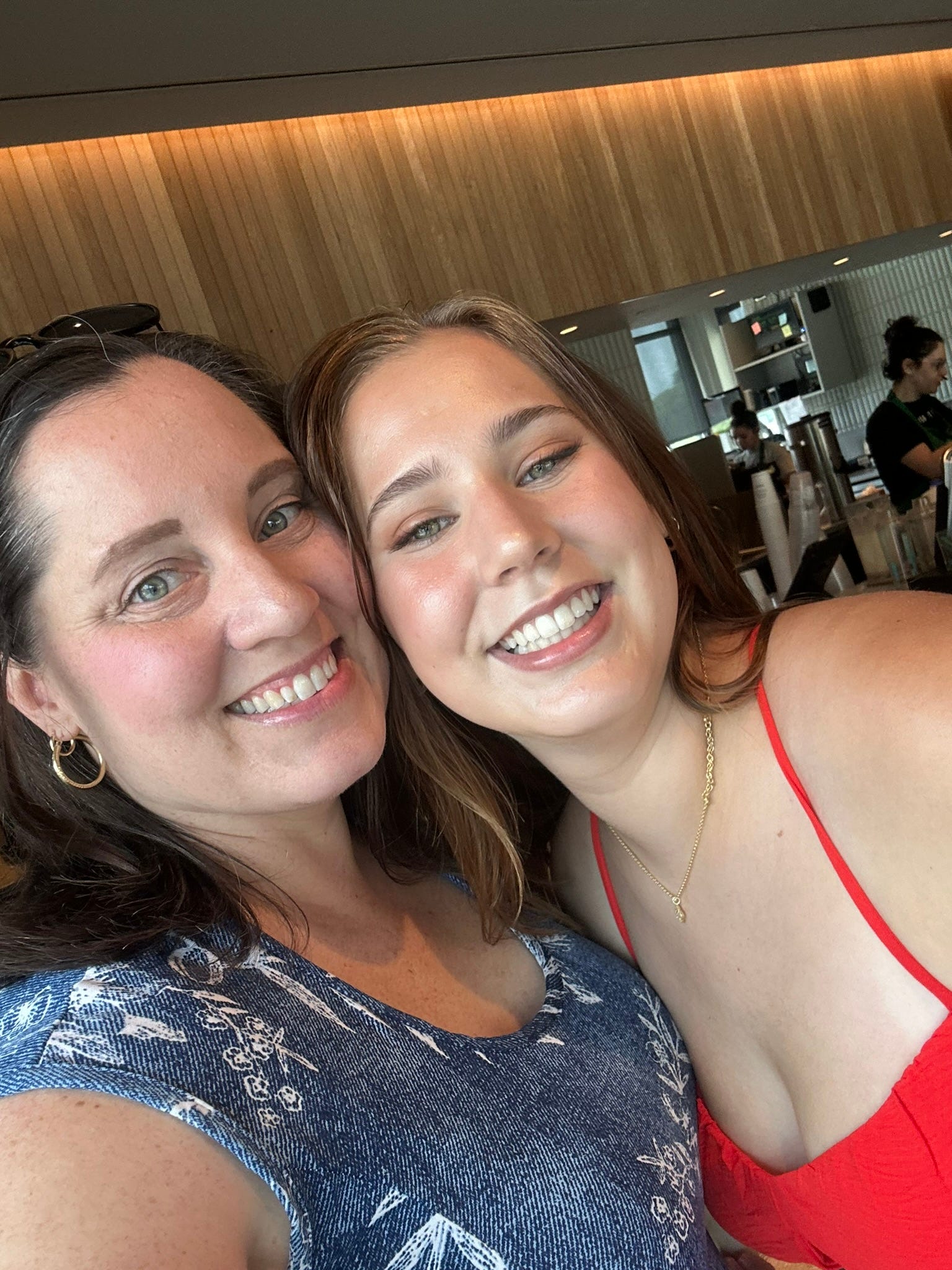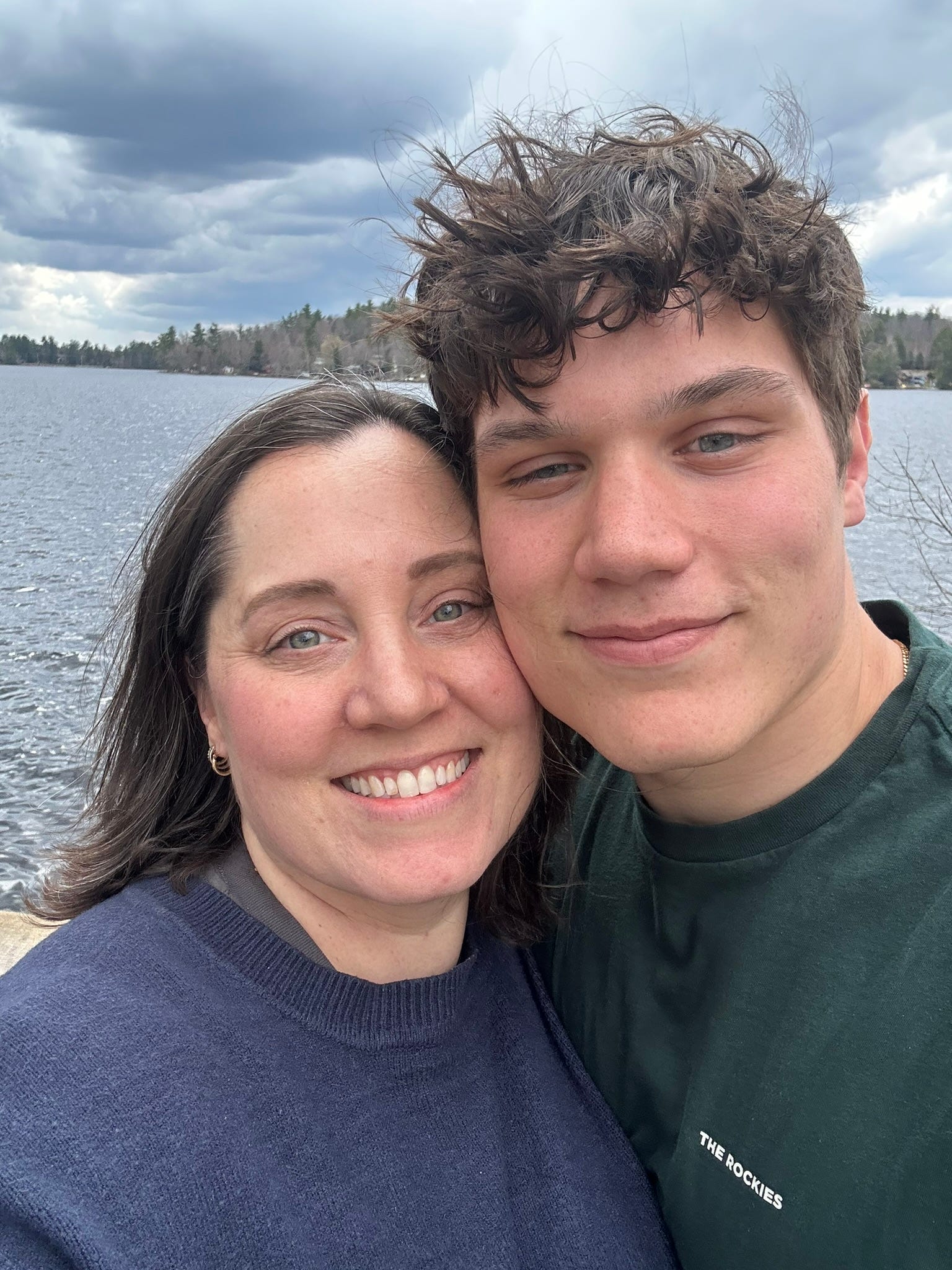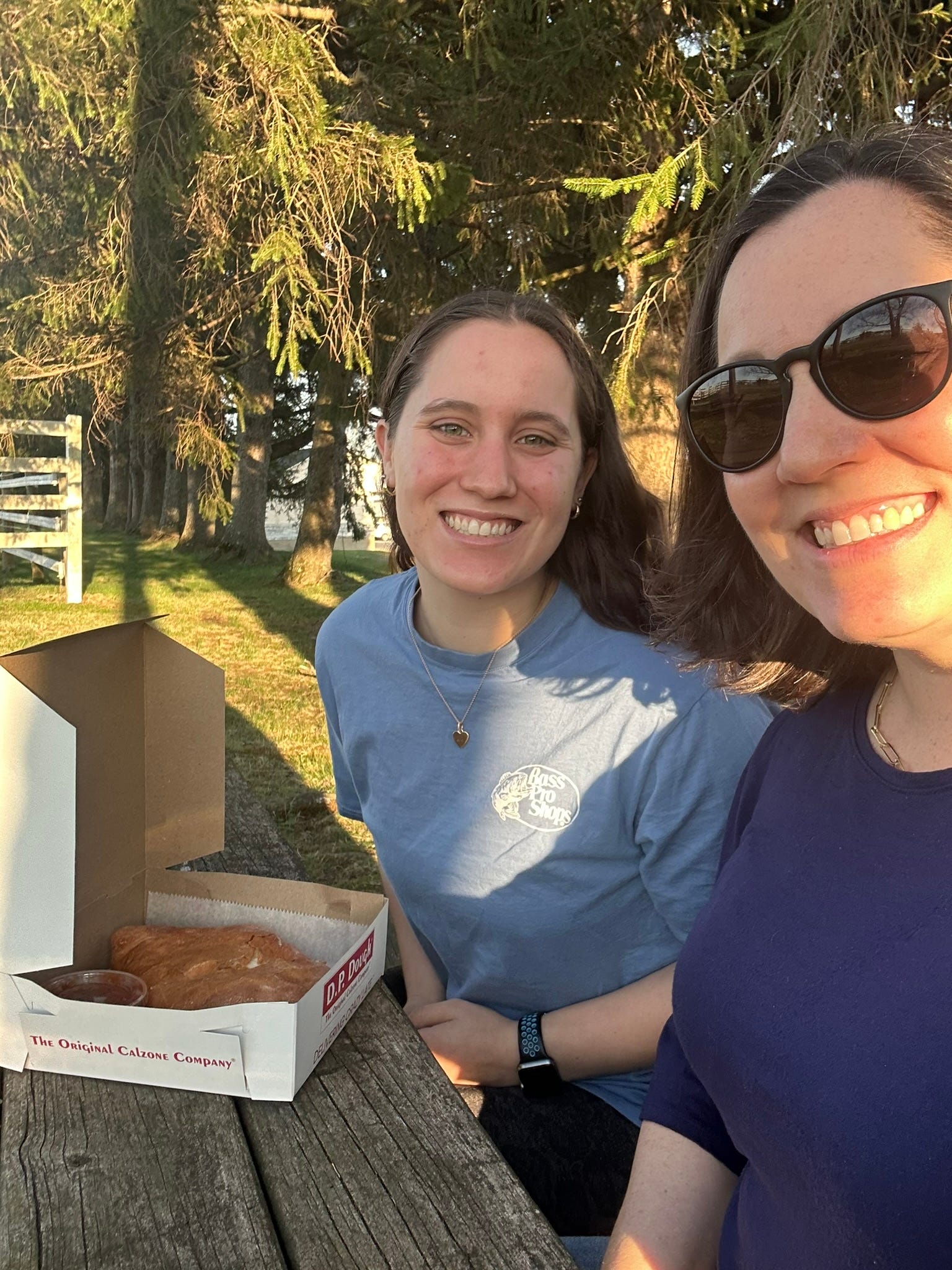
Courtesy of Rebecca Hastings
When my kids were little, sleepovers meant dance parties, too much sugar, and movies that ended long after bedtime. It was all giggles and glow sticks.
I worried more about making sure they brushed their teeth than what might happen after lights out.
By high school, however, sleepovers had changed, and so had my worries.
It started with one invitation that caught me off guard
My daughter was reading off the names of friends invited to a sleepover party. I was only half-listening until I heard a boy’s name. Then another.
“Wait,” I asked, “is this a co-ed sleepover?”
She nodded, unfazed. I, on the other hand, had a thousand questions. Were there separate sleeping areas? Would parents be home? Was I OK with this?
I wasn’t sure. This was new territory, and I had to make a decision, fast. It would’ve been easier to just say no, but instead, I asked more questions, listened to her answers, and made the best call I could.
That moment set the tone for how we’d handle sleepovers going forward.
Each new invitation brought more questions and no easy answers

Courtesy of Rebecca Hastings
One time, I asked about alcohol: Would it be there, and were the parents supplying it? Another time, I had to ask if there were firearms in the house and if they were secured.
When a sleepover was near a body of water, I checked in about rules and supervision.
If it was a new friend, I’d reach out to the parents for a quick hello.
At big group parties, I asked whether the kids would be allowed to go out late or if there were clear boundaries.
At times, it felt like playing a parent’s game of whack-a-mole: teen risk edition. Every situation was different, and I realized quickly that there was no one-size-fits-all policy for our family, so I just had to take things case by case.
I didn’t ban sleepovers, but I also didn’t give blanket permission for every invitation. Each request was a conversation: What’s the plan? What are the risks? What feels safe, and why?
When my son went to a sleepover and I checked his location before bed, I saw he wasn’t at his friend’s house. I was pretty sure he was at another friend’s, but we had agreed he’d let me know if plans changed.
After unanswered texts and calls, I got in the car. I found him at a friend’s house, safely swimming with a group of friends and a parent present. He apologized, and I went home. The embarrassment of his mom showing up at midnight was enough to drive the lesson home.
Sometimes everything went smoothly. Other times, we learned. Both were valuable.
The conversations weren’t always comfortable. My kids sometimes rolled their eyes or got frustrated with the extra scrutiny. I sometimes hesitated before texting a parent I didn’t know, but I reminded myself that these questions weren’t about control. They were about care.
I learned to trust my gut and teach my kids to trust theirs, too

Courtesy of Rebecca Hastings
There were times I said no, even when my child was disappointed. For example, my youngest daughter asked to sleep at a friend’s house one night with people from her sports team. I didn’t know the family well, and she wasn’t sure who would be there. Knowing there had been some issues on the team, I decided she could go for a few hours, but couldn’t spend the night. It was hard to disappoint her, but something in my gut didn’t feel right about the sleepover.
Other times, I gave a hesitant yes, after laying out expectations and asking for a check-in. I didn’t always get it right. However, with each decision, I reminded myself that it was okay to feel unsure and still ask questions.
When my youngest called me at 1 a.m. from a group sleepover, my heart dropped. Thankfully, she wasn’t in danger. She was upset about something with a friend and couldn’t sleep. I was grateful she felt safe enough to call me.
That phone call confirmed what I’d been hoping all along: that our conversations mattered, and that she knew I was always available. No judgment, no drama, just love.
I can’t control everything that happens when my kids leave the house, but I can open the door to honest conversations before they go. And I can lean on my instincts, even when the answers aren’t clear.
Sleepovers in the teen years aren’t as simple as they once were, but they’ve become something more important: an opportunity to build trust, create boundaries, and remind my kids and myself that we’re in this together.
It wasn’t always comfortable or perfect, but it’s what worked for us. In a world full of hard topics and even harder decisions, sleepovers became a necessary conversation.
The post Sleepovers used to be relatively low-stress. Then, my kids entered high school. appeared first on Business Insider.




